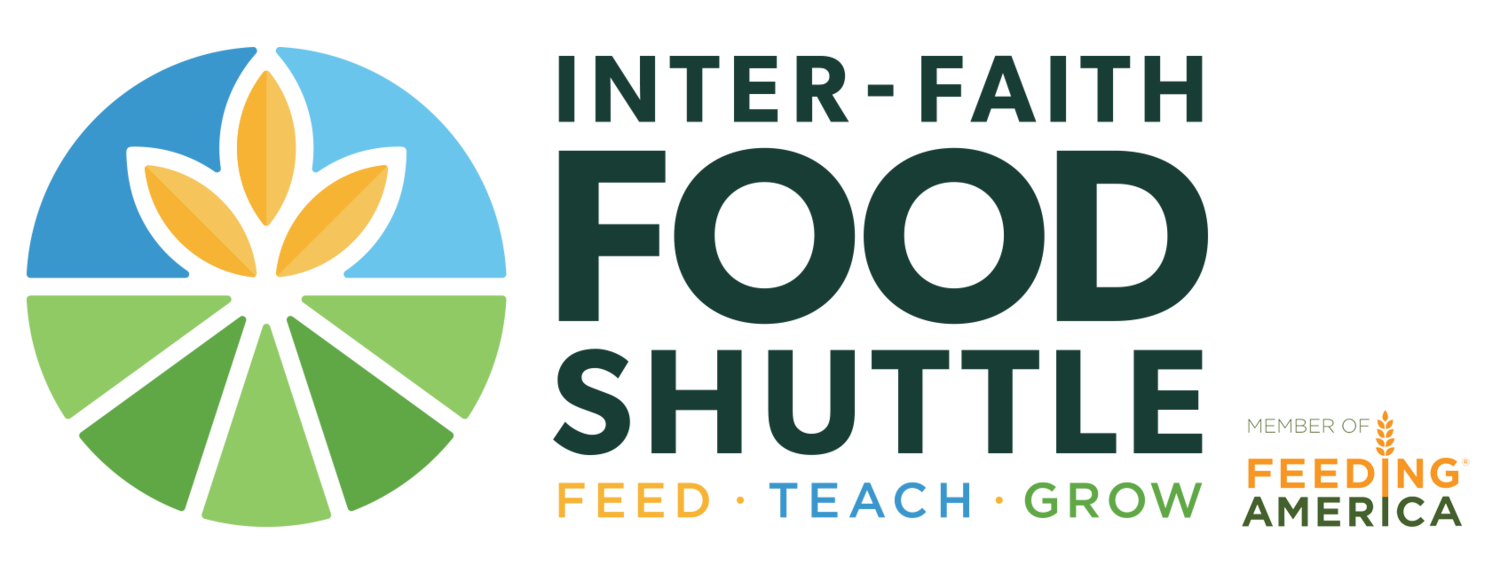Duke Sanford School of Public Policy
March 20, 2018
DURHAM, N.C. -- For schoolchildren who receive food through the monthly Supplemental Nutrition Assistance Program (SNAP), which day payment arrives affects their academic performance, according to new research from Duke University.
Student scores on end-of-grade reading and math tests vary depending on how much time has elapsed since the family’s SNAP (formerly known as Food Stamps) benefit arrived, with scores peaking between two and three weeks after benefits were received. Scores dip to their lowest point right after SNAP benefits are paid and at the end of the benefit month, the study found.
With nearly 13 million American children receiving SNAP, the findings have broad implications, said Anna Gassman-Pines, an associate professor in Duke’s Sanford School of Public Policy.
“Our study adds to a growing consensus that SNAP benefit levels are insufficient for many families,” Gassman-Pines said. “We also provide new evidence that this is hurting low-income children’s school performance and contributing to the academic achievement gap.”
“Food Instability and Academic Achievement: A Quasi-Experiment Using SNAP Benefit Timing” by Gassman-Pines and Laura Bellows was published Tuesday in the American Educational Research Journal. Bellows is a Duke PhD candidate in Public Policy.
Approximately 42 million Americans received SNAP benefits each month in 2012, the year the study examined, at a cost of $5.7 billion a month. About 30 percent of the recipients were school-aged children, and the average monthly per-person benefit was $125. The Trump administration recently proposed a 25 percent cut to the USDA program, which began in the 1960s.
Previous studies have shown SNAP beneficiaries vary their food shopping and caloric intake throughout the month, spending and eating more right after they get a new infusion of benefits, and spending and eating less when their allocations run low. The types of foods vary, too, with more protein purchased at the beginning of the month and more carbohydrates and prepared foods at the end.
Although the connections between SNAP and children’s health and school behavior have been well studied, this study is believed to be the first to show a connection between SNAP benefit timing and children’s academic performance.
The authors looked at data pertaining to 147,418 North Carolina students with reading scores and 148,316 students with math scores in grades three through eight at 1,903 schools. Their average family benefit totaled $462 a month.
The relationship between scores and dates of SNAP transfer were slightly stronger for reading than for math. Girls were more affected than boys, perhaps because they often have roles in food preparation. Results were consistent across racial and ethnic groups.
In addition, students’ probability of meeting grade-level proficiency on exams was 0.9 percentage point higher in reading and 1.1 percentage points higher in math at the performance peak, compared to the beginning of the SNAP month, the authors found.
Although scores were only slightly different – typically a few points – “even a small difference can matter,” Gassman-Pines said. A few points can mean the difference between meeting state standards for grade-level proficiency, or falling below the level needed to advance to the next grade, she said.
In North Carolina, SNAP benefits are transferred to an electronic debit card based on the last digit of the household head’s Social Security number, making the transfer dates highly variable. Those with numbers ending in “1” get benefits on the third of each month; those with numbers ending in “2” get benefits on the fifth of each month, and so on.
“In a randomly determined way, some children were taking the test after a couple of weeks of healthy eating while others were taking the test after their family had very possibly recently had less food,” Gassman-Pines said.
“This random pattern made me confident that differences in test scores were actually influenced by the timing of benefit transfers and not because of some other difference among parents or families, such as how close they lived to a grocery store,” she said.
Possible solutions include increasing the SNAP benefit, and changing the way benefits are distributed, Gassman-Pines said. If payments were spread out over the month rather than distributed in one lump sum, families might experience less fluctuation in calories consumed from week to week. This would not help all families, but it could help some without increasing costs, Gassman-Pines said.
Support for this research support was provided by the National Science Foundation (DRL-1418333) and by a grant from the U.S. Department of Health and Human Services (HHS) Office of the Assistant Secretary for Planning and Analysis (ASPE) (1H79AE000100-1) awarded by the Substance Abuse and Mental Health Services Administration (SAMHSA) to the UC-Davis Center for Poverty Research. The views expressed are those of the authors and do not necessarily reflect the official policies of the HHS.
--------
Citation: “Food Instability and Academic Achievement: A Quasi-Experiment Using SNAP Benefit Timing.” By Anna Gassman-Pines and Laura Bellows. American Educational Research Journal. DOI: 10.3102/0002831218761337

